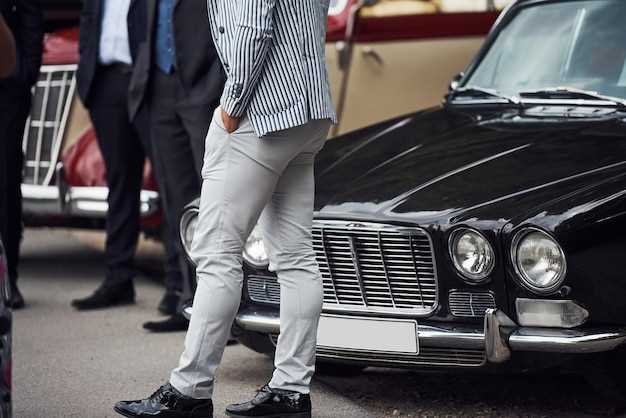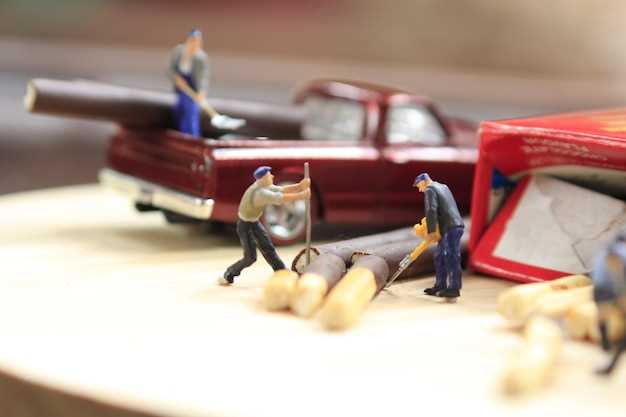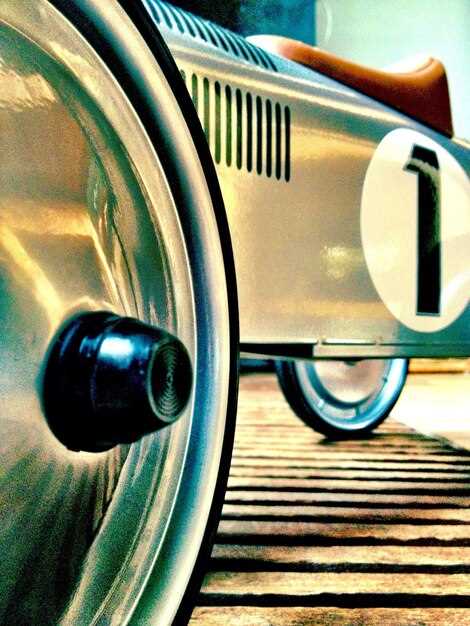
Classic auto competitions have long been a celebrated tradition among automotive enthusiasts, showcasing an array of vintage vehicles that narrate the history of automotive engineering. These contests serve not only as a platform for displaying remarkable craftsmanship and restoration skills but also as a means of preserving the legacy of iconic automobiles. To maintain the integrity of these events, a well-defined set of criteria is crucial for judging the vehicles on display.
Judging in classic auto contests typically encompasses several essential elements. The first, and perhaps most critical, is authenticity. Judges meticulously assess whether a vehicle adheres to its original specification, examining components such as engine type, interior finishes, and even exterior colors. This adherence to authenticity is fundamental, as it preserves the car’s historical significance and ensures that the essence of the model is respected and showcased.
Another vital aspect of judging is restoration quality. Judges look for the skillful execution of restoration work, evaluating both the materials used and the techniques employed. High-quality restorations not only revitalize the aesthetic appeal of a vehicle but also enhance its functionality. The level of detail in the restoration can significantly elevate a classic auto’s standing in a competition, as it reflects the owner’s dedication and reverence for the vehicle.
Finally, the vehicle’s overall presentation plays a key role in the judging process. Factors such as cleanliness, organization, and attractiveness of the display can influence judges’ scores positively. Competitions often provide an opportunity for entrants to tell the story of their classic cars, allowing them to connect with the audience on a personal level. Ultimately, these criteria ensure that classic auto competitions both honor the past and inspire future generations of car enthusiasts.
Evaluating Authenticity: How Originality Impacts Judging

The evaluation of authenticity plays a crucial role in the judging process of classic auto contests. Judges must assess not just the aesthetic appeal but also the originality of the vehicles presented. An authentic classic automobile is typically defined by its original parts, paint, and features that reflect the model’s intended design from its production era.
When considering originality, judges look for adherence to factory specifications. Vehicles that display numerous modifications or aftermarket components may be penalized, as these alterations can detract from the vehicle’s historical significance. Restorations that aim to return a vehicle to its factory condition are often favored, as these efforts highlight the craftsmanship and engineering of the period.
Furthermore, documentation plays a vital role in verifying authenticity. Owners who possess photographs, original purchase agreements, and service records can significantly enhance their vehicle’s credibility in contests. Such documentation assists judges in determining whether the car retains its original character or has undergone extensive alterations throughout its life.
Moreover, rarity adds to the vehicle’s value in judging scenarios. Models that were produced in limited numbers or possess unique features may receive higher scores, as their scarcity contributes to their desirability among collectors and enthusiasts alike.
In conclusion, authenticity and originality are paramount factors in the judging of classic auto contests. By focusing on these criteria, judges can accurately reflect a vehicle’s true value and historical importance, ensuring that the essence of classic automobiles is preserved and celebrated in these competitions.
Assessing Aesthetics: The Role of Design and Presentation

In classic auto competitions, aesthetics play a pivotal role in evaluating vehicles, particularly vintage classics. Judges meticulously assess design elements that define a car’s character, including shape, color, and overall form. A vehicle’s silhouette must embody the essence of its era while resonating with contemporary tastes; this balance is crucial in contests.
Presentation is equally important. The way a vintage automobile is showcased can significantly influence judges’ perceptions. Attention to detail, from clean paintwork to immaculate interiors, can elevate a car’s appeal. Proper grooming and restoration efforts significantly enhance a vehicle’s presence in competitions, highlighting the craftsmanship and dedication of its owner.
The harmony between aesthetics and functional design is also scrutinized. Judges look for coherence in style and engineering, ensuring that visual appeal does not overshadow the car’s performance attributes. An elegantly designed vehicle must also perform reliably, combining beauty with practicality.
Ultimately, assessing aesthetics in classic auto contests is about more than just looks. It encompasses historical authenticity, innovation in design, and the narrative behind each vehicle. These factors contribute to the vehicle’s overall impact and desirability, making aesthetics a fundamental aspect of classic car evaluations.
Performance Metrics: Combining Technical Excellence with Historical Significance
In the realm of vintage auto competitions, performance metrics serve as a critical framework for judging that merges technical proficiency with historical context. Evaluating vehicles involves an intricate balance of assessing their engineering prowess and the legacy they represent within automotive history.
Technical excellence is primarily gauged through various performance indicators, such as engine efficiency, handling characteristics, and braking capabilities. Judges meticulously examine the mechanics of each vintage automobile, looking for innovations that advanced the automotive industry during its time. This could include unique drivetrain configurations, suspension designs, and aerodynamic features that distinguish a particular model from its contemporaries.
However, technical specifications alone do not tell the entire story of a vintage car. Historical significance plays an equally pivotal role in the judging process. Each vehicle carries a narrative that reflects its era, culture, and advancements in automotive design. Judges must consider the car’s origin, its impact on the market, and any notable achievements or events associated with it. A car that dominated racing circuits or set new benchmarks in safety features, for instance, holds a distinct place in automotive lore, enriching the evaluation process.
Moreover, the restoration quality of a vintage car is another crucial performance metric. Judges look for authenticity in both the materials used and the adherence to original specifications. A meticulously restored vehicle that maintains its historical integrity can significantly enhance its standing in competitions, showcasing not only technical skill but also a deep respect for the history it represents.
Ultimately, the intersection of technical excellence and historical significance creates a comprehensive evaluative framework. Judges who appreciate the artistry of engineering alongside the stories encapsulated within each vintage automobile ensure that competitions remain a celebration of both innovation and legacy in the automotive world.


